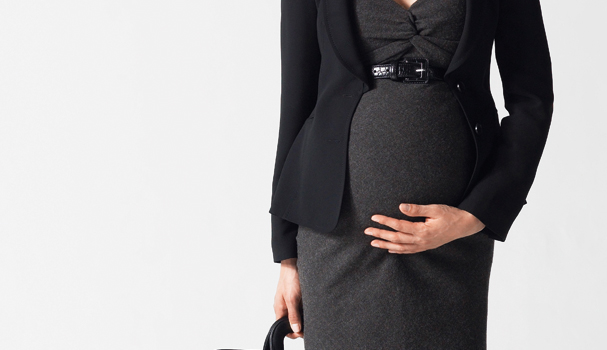Returning to work after maternity leave can be a big adjustment for new mothers. Similarly, for the employer and the rest of the team, welcoming a member of staff back to work can also present a few challenges.
While some women are returning to a familiar environment, some might find that there have been significant changes in their absence and the adjustment period can mean adapting to new colleagues, new clients or even a new manager.
Statistics from the NCT show that 28% of mothers returning to work are concerned about their ability to be a good employee, 21% experience doubts about their ability to do the job and 33% are worried about the attitude of their boss and/or colleagues on their return to work.
It is important for both the employer and the employee to stay in contact over the maternity leave period to keep the lines of communication open. The government introduced Keeping in Touch or KIT days where women can work for up to 10 days over their maternity leave without losing their Statutory Maternity Pay (SMP). KIT days can be useful for staff training, team events and for keeping up with changes within the company, but employers and employees also really need to consider how to manage the full transition from maternity leave back into the workplace.
Going back to work after maternity leave will affect women in different ways and it’s essential for managers to consider how the employee is reacting to the transition and to adjust their approach accordingly.
Some women returning to work relish the opportunity to return to the workplace and ensuring they are supported without being micro-managed could be the best approach to take. There are studies which have shown that many mothers returning to work believe that their relationship with their boss deteriorated after they returned to work. Many also felt isolated and lonely. All of these are things that an employer needs to take into account.
If an employee is finding being back at work stressful as they learn to cope with the dual demands of motherhood and work, then it’s worth finding out what can be done to support them during the process of settling back into the role. Having regular meetings with them to find out what their concerns are and how you can work with them to address them will demonstrate your interest in their well-being and help them feel that you are taking the challenges they face seriously.
Employers need to welcome returning employees back personally to show that they are valued and are an integral part of the team. Some employers implement a structured approach to women returning from maternity leave, which could mean an induction period, a handover or work shadowing to ensure that returning employees are fully up to date with developments in the company and with projects or campaigns. This demonstrates that the employee still has a valuable role within the company and that they aren’t simply left to fend for themselves.
Taking steps to help returning mothers will be valuable for their wellbeing and happiness, but also benefit the company by inspiring loyalty. As we all know, people don’t leave companies, they leave managers, and keeping staff engaged and motivated will help ensure organisations can increase staff retention.
Psychometric assessments are a recognised HR tool to help employers find the right person for a specific role within their company. However, increasing numbers of employers are using the process throughout the lifespan of an employee to ensure staff morale and motivation is maintained. Using these assessments when an employee returns to work, whether from maternity leave or other reasons, can be also give a valuable insight into how an employee is adjusting to life back in the workplace and how you can support them during the transition.
Having a baby is a massive life change and it is possible that the profile of the employee may have altered, so introducing psychometric assessments can give both the employer and the employee an understanding of any changes in working style or attitude whilst supporting both parties to accommodate them.
Implementing a proper process to welcome employees back from maternity leave will give you as an employer the tools to handle the process confidently and will also provide your employee reassurance that they are appreciated, thus truly welcoming them back into the workplace. ![]()
Share via:


















































